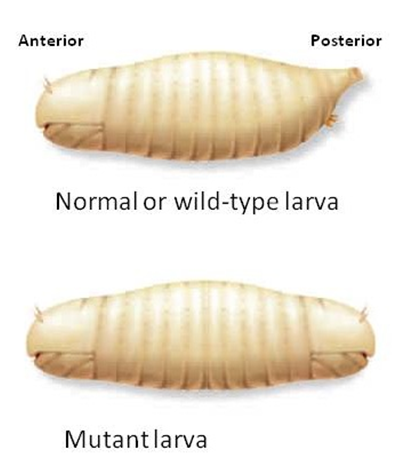Most monocots have numerous __________ roots
arising from the stem.
a. adventitious
b. primary
c. epidermal
d. secondary
e. tap
Answer: a
You might also like to view...
Agave americana is a monocarpic plant (it has a single carpel). Once it flowers (reproduces), it dies
Although these plants can be very long-lived before flowering (10–30 years, on average), there is no continued growth after floral meristem replaces apical meristem tissues. The floral stalk can reach heights of more than 5 meters, and takes all the carbohydrate reserves of the plant. Based on your knowledge of plant growth and development, which of the following statements is a plausible explanation for death after flowering in A. americana? A. Once the floral meristem develops, auxin is no longer produced and only lateral meristems can grow. B. There are no lateral meristems in A. americana, so growth does not occur after flowering and the plant dies. C. There are no apical or lateral meristems in A. americana; the stalk only grows because of division and elongation of floral meristem. D. After flowering, an individual A. americana knows it has reproduced, so dies because it has ensured its inclusive fitness by contributing to the next generation.
You are working in a Drosophila lab, and find a larva with two anterior ends. Both a normal larva and the mutant larva are shown below. What is the most likely explanation for the mutant larva phenotype?

A. There is a mutation in the bicoid gene causing no functional Bicoid protein to be made.
B. The nurse cells that produce the Bicoid protein are defective, so there is no protein at either end of the embryo.
C. There is a mutation in a homeotic gene.
D. There is a high concentration of the Bicoid protein at both ends of the mutant embryo.
E. A protein encoded by a segment polarity gene is not degraded correctly and accumulates in both ends of the embryo.
Sounds
a. are waves of compressed air. b. are detected by mechanoreceptors. c. may be measured, with respect to their loudness, in decibels. d. that vary by one decibel can be differentiated by the human ear. e. include all of these.
Which group of mammals exhibits the widest
distribution and greatest diversity? a. marsupials b. monotremes c. placentals d. marsupials and monotremes e. placentals and monotremes